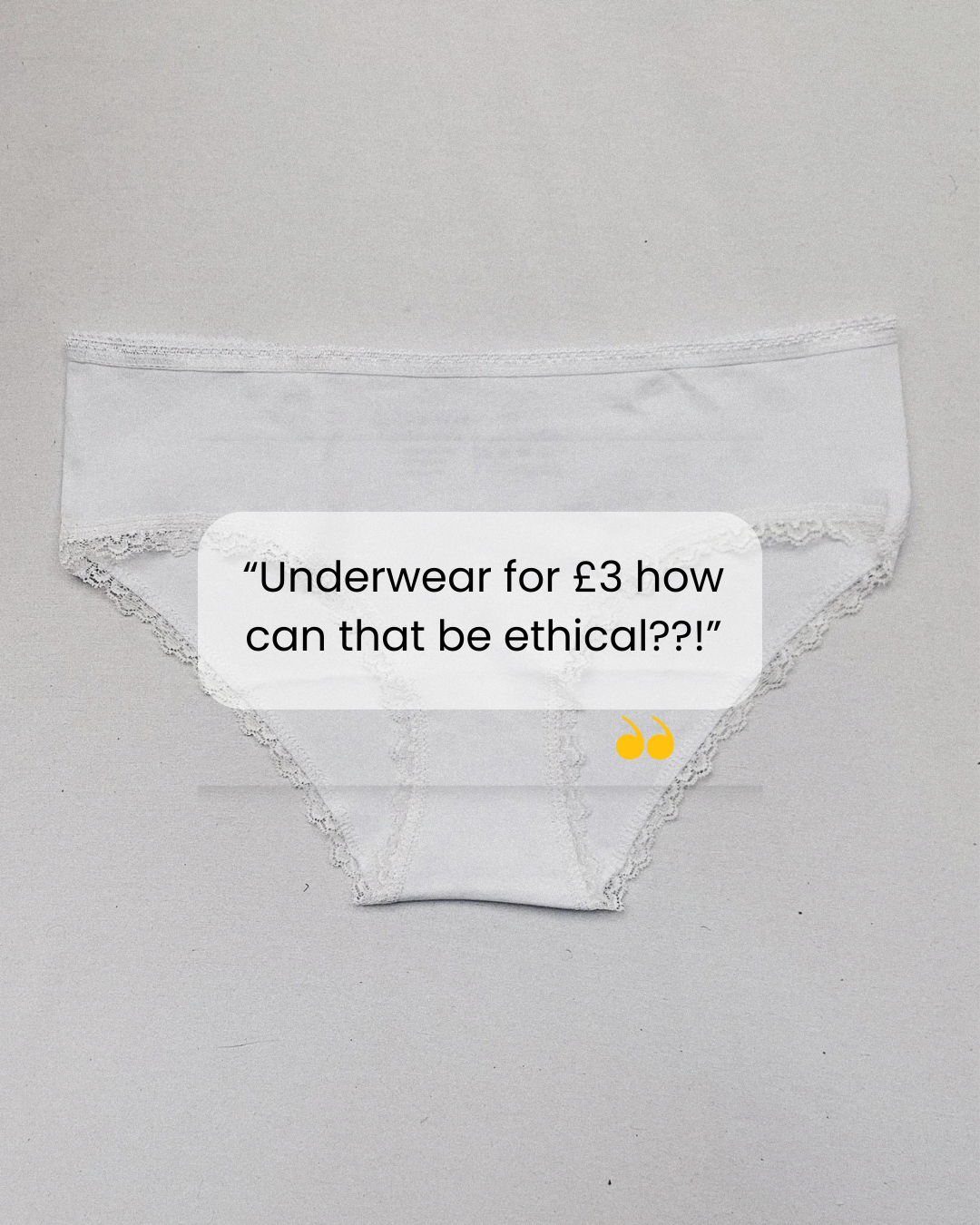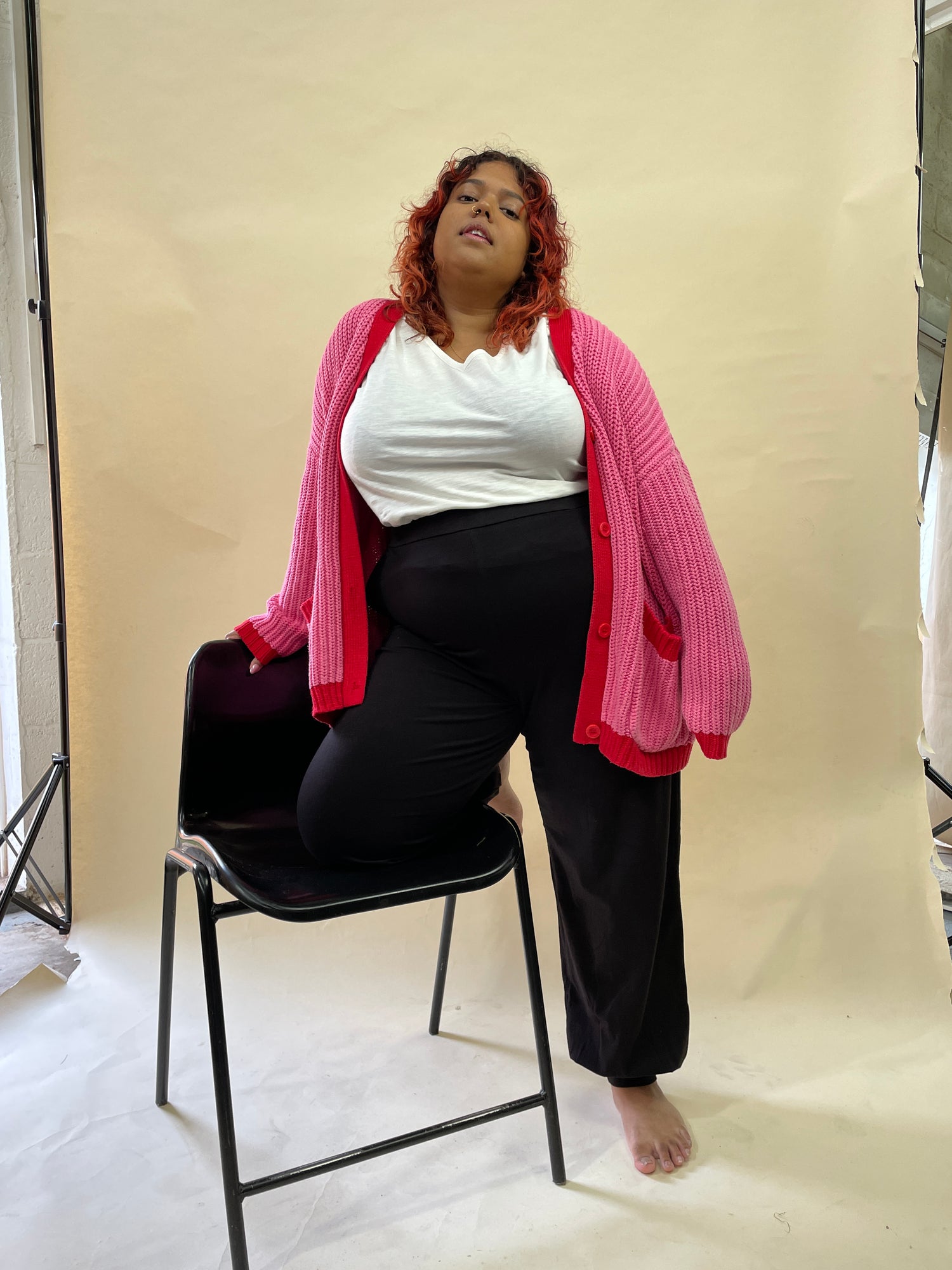Sancho’s is the home of sustainable fashion and ethical lifestyle products. Our Black woman owned business is based in Exeter, UK where we believe in doing better, providing sustainable and affordable clothing options. Through activism and spreading awareness, we are working towards a kinder world. Shop our transparent pricing collection here, our Organic Cotton Bestsellers here and read more about us here.
How Sustainable is the fashion rental industry?
Following the rise of the ‘shared economy’ and fashion being one of the most pollutive industries, we’ve seen many rental fashion services popping up, such as Rent The Runway, HURR and Le Tote. Customers can submit a request to rent items of clothing for a certain period and price point, usually a week or up to a month for much less than the price of owning the item would be. In this way, clothes and accessories have a longer shelf life and you have access to a wide range of clothes from the latest trends to your favourite brands without the need to buy cheap clothes that you will wear a few times before discarding. At first glance, it looks like the rental fashion industry has a lot of advantages for the environment. But is it really so? How sustainable is constantly renting clothes? Let’s have a look.
Returns
Let’s think about each time you return a product and the carbon dioxide emissions this emits. A quarter of these emissions comes from online shopping and the trucks delivering the packages from the warehouse to you. According to Josué Velázquez-Martínez, the executive director of MIT’s Supply Chain Management master’s program and Sustainable Logistics Initiative, the returns and transportation activities related to this type of business are higher than the regular delivery of fast fashion clothing. For example, an item ordered online and then returned can emit 20 kg of carbon emissions each way and 50 kg for fast deliveries1. While the carbon impact of a pair of jeans purchased on the high street and washed and worn at home is 33.4 kg.
Packaging
The borrowed clothes are shipped in cardboard boxes with a low recycling rate, requiring a lot of energy, water and tissue paper, which is also not recyclable2. While returns are sent back in plastic bags. Some rental companies have tried to minimise their carbon footprint. For example, Rotaro uses the UK carbon-neutral delivery company DPD, as well as recyclable tissue paper to wrap up the items and biodegradable packaging made out of corn starch3.
Dry-cleaning
The borrowed clothes are washed in any case, even if they haven’t been worn and the dry cleaning facilities that rental companies use consume a lot of energy. The major rental services make the effort of avoiding perchloroethylene, a carcinogenic dry cleaning solvent. But the use of “petroleum-based” solvents as an alternative is not that green either because they can produce hazardous waste and air pollution if mishandled, and they’re often used together with stain removers that are more toxic than the solvents themselves4. A more sustainable alternative to dry-cleaning is “wet-washing” used by companies like Rotaro and Le Tote, which wash the clothes with a plant-based and toxin-free detergent. This process generally consumes less water and electricity.
Desire for clothes
Rental platforms allow customers to have access to a wide range of clothes at a reduced price. This is an advantage to an extent as you have the chance to try out new styles and brands without having to commit. But it can increase consumption and desire for the latest trends. Moreover, the fact that you return the clothes after using them does not discourage the throwaway relationship we have developed with clothes5.
Considering the devastating impacts of fast fashion overproduction, renting clothes might be a step in the right direction, but the business model needs to be improved. Rental platforms could be far greener by investing in renewable energy for warehouses, reducing packaging waste, and using wet washing. The whole industry needs to slow down and we need to discourage mass production and overconsumption and encourage renting, re-sale, mending, upcycling and recycling. Rental fashion is only one part of the solution. Without a doubt, wearing what’s already in your closet is the simplest and best way to dress sustainably.
Written by Alice Vinardi



